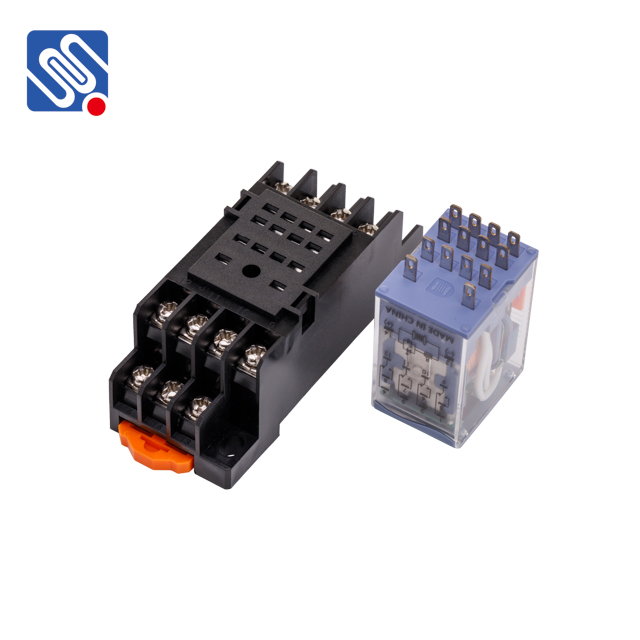understanding electromagnetic relay: the backbone of electrical control systems
Release time:2025-10-21 05:21:34
Electromagnetic relays play a crucial role in electrical and electronic control systems, acting as essential components that enable automated switching of circuits. From industrial machinery to household appliances, these devices ensure that electrical operations are carried out efficiently and safely. In this article, we will explore the working principle, types, applications, and benefits of electromagnetic relays, highlighting their significance in modern technology.

What is an Electromagnetic Relay?
An electromagnetic relay is a type of switch that uses an electromagnet to control the opening and closing of a set of contacts. When current flows through the relay’s coil (electromagnet), it generates a magnetic field that activates the relay's internal mechanism, causing the contacts to either open or close. This allows the relay to control larger currents or voltages with a smaller control signal, making them an essential component in automation systems.
Working Principle of an Electromagnetic Relay
The core working principle behind an electromagnetic relay is based on electromagnetism. When an electric current passes through the coil of the relay, it creates a magnetic field. This magnetic field attracts a movable armature, which in turn either opens or closes the relay's contacts. The contacts are connected to the load circuit, and the opening or closing of these contacts allows the relay to control the power flow in that circuit.

